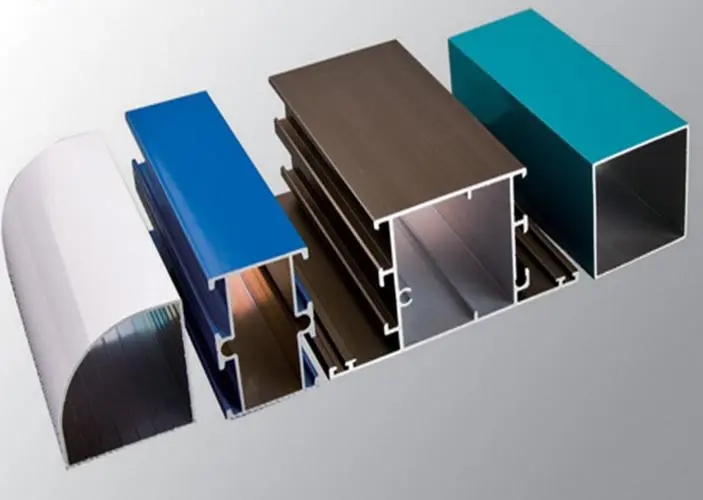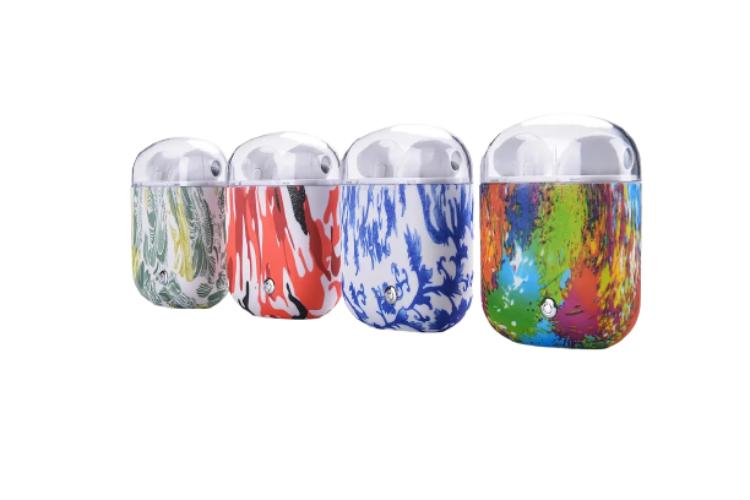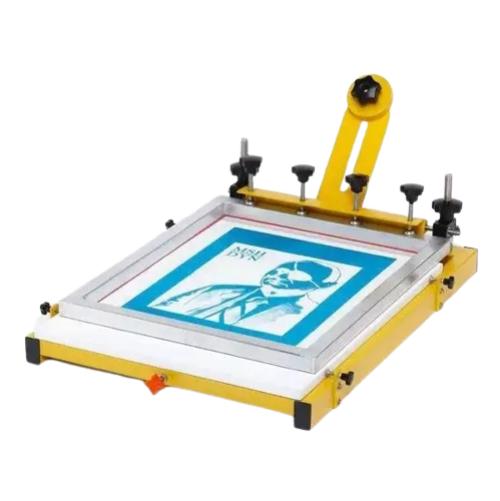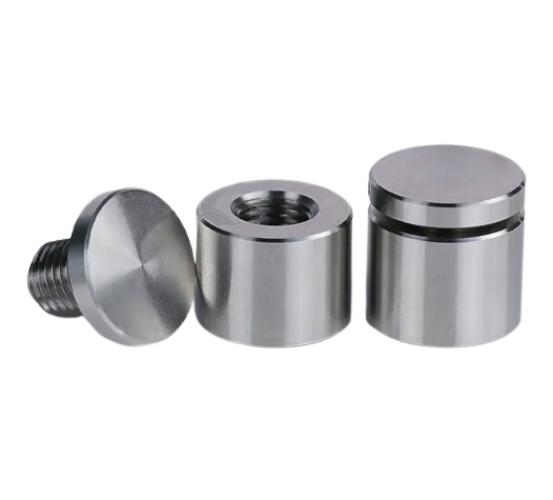1. Vacuum Plating
Vacuum plating is a physical deposition phenomenon. It is injected with argon gas under vacuum and the argon gas hits the target material, which separates into molecules that are adsorbed by the conductive goods to form a uniform and smooth layer of imitation metal surface.
Advantages: High quality, high gloss and protective surface layer on the product.
Applications: reflective coatings, surface treatment of consumer electronics and heat insulation panels.
Suitable materials:
Many materials can be vacuum plated, including metals, hard and soft plastics, composites, ceramics and glass. One of the most common materials used for electroplated finishes is aluminium, followed by silver and copper.
2. Powder Coating
Powder coating is a dry spraying method used on some metal workpieces by spraying or fluidised bed. The powder is electrostatically adsorbed on the surface of the workpiece and by the time it is completely dry, a protective film is formed on the surface.
Advantages: smooth and homogeneous colouring of the product surface.
Applications: Coating of transport, construction and white goods, etc.
Suitable materials: Powder coating is mainly used to protect or colour aluminium and steel.
3. Water transfer printing
Water transfer printing is a way of using water pressure to print a colour pattern on transfer paper onto the surface of a three-dimensional product. As people’s requirements for product packaging and surface decoration increase, the use of water transfer printing is becoming more and more widespread.
Advantages: precise and clear surface texture on the product, but with a slight stretch.
Applications: transport, consumer electronics and military products etc.
Suitable materials: All hard materials are suitable for water transfer printing, the most common being injection moulded parts and metal parts.
4. Silk-screen printing
Silk-screen printing is the transfer of ink through the mesh of the graphic part to the substrate by the squeezing of the squeegee, forming the same graphic as the original. The screen printing equipment is simple, easy to operate, simple and inexpensive to print and make plates, and highly adaptable.
Advantages: very high accuracy in the quality of the pattern details.
Applications: for clothing, electronic products and packaging, etc.
Suitable materials: Almost all materials can be screen printed, including paper, plastic, metal, pottery and glass.
5. Anodizing
Anodizing is mainly the anodizing of aluminium, which uses electrochemical principles to produce an aluminium oxide film on the surface of aluminium and aluminium alloys.
Advantages: the oxide film has special characteristics such as protection, decoration, insulation and wear resistance.
Applications: mobile phones, computers and other electronic products, mechanical parts, aircraft and automobile components, precision instruments and radio equipment, daily necessities and architectural decoration.
Suitable materials: Aluminium, aluminium alloy and other aluminium products.
Post time: Dec-07-2022







